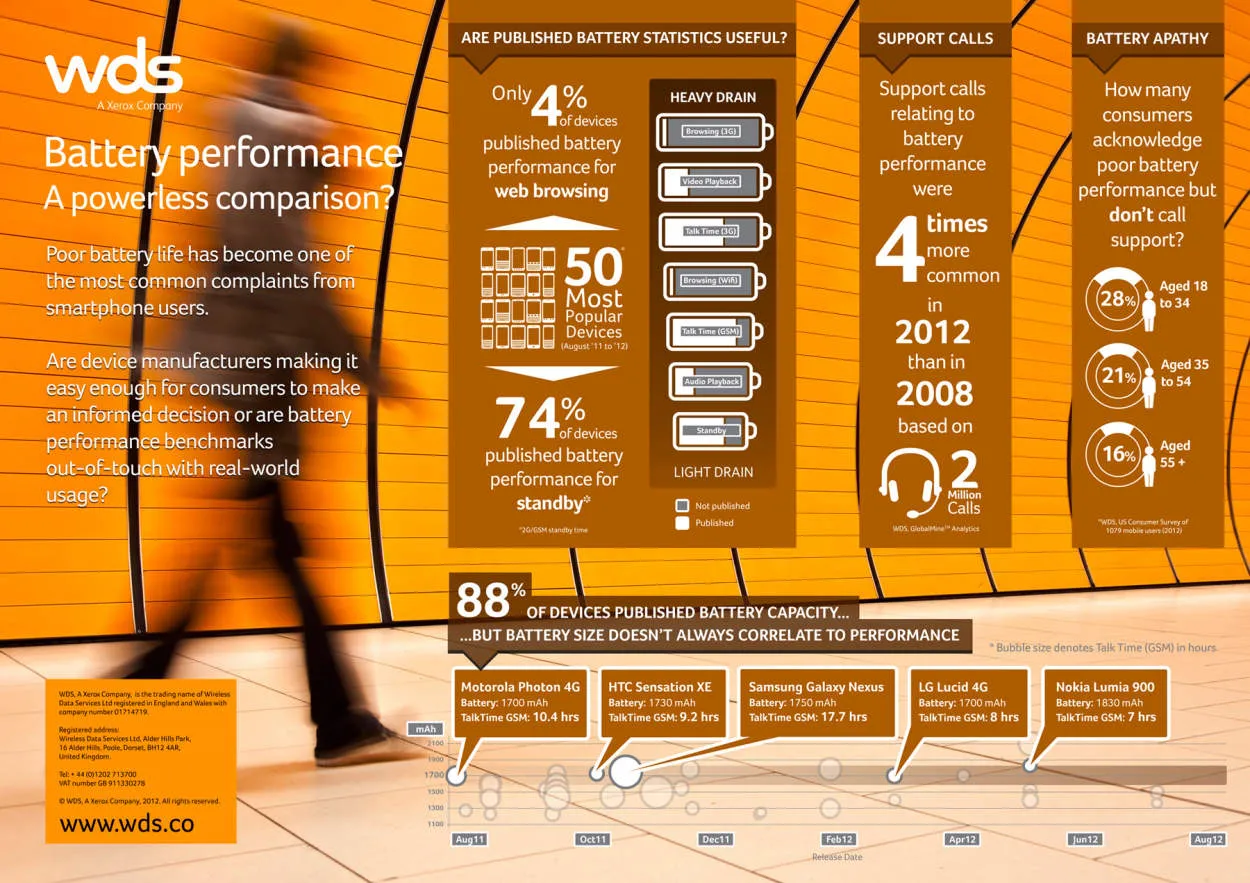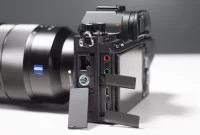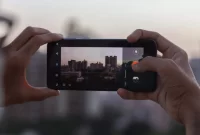When it comes to battery life and performance, there has always been a constant battle between cameras and smartphones. Both devices are essential in capturing precious moments, but which one prevails? In this article, we delve into the intriguing world of battery life and performance to determine whether cameras or smartphones come out on top.
The Importance of Battery Life in Photography
In the modern era, where photography has become more accessible to everyone, the battery life of our devices plays a crucial role. This article will focus on the significance of battery life when it comes to photography, and particularly compare the performance between cameras and smartphones.
Long-lasting Power
Battery life is essential for photographers who engage in long photoshoot sessions, especially when shooting events or in remote locations. A camera with a robust battery can capture more shots without the need for frequent interruptions to recharge. This allows photographers to focus on their creative process and ensures they don’t miss any precious moments.
Performance and Features
In terms of functionality and performance, cameras are designed to prioritize photography needs. They often have larger batteries and more advanced power-saving features compared to smartphones. This advantage allows photographers to enjoy longer shooting sessions without worrying about running out of battery power.
While smartphones have made great strides in their camera capabilities, they are still limited by their primary purpose as communication devices. Their smaller batteries and multi-functionality mean they may not sustain power-intensive tasks like continuous shooting or handling large image file sizes as well as dedicated cameras.
Backup and Spare Batteries
For professional photographers or those who frequently engage in demanding shoots, keeping spare batteries on hand is crucial. Investing in additional camera batteries ensures that unforeseen battery drain doesn’t hinder their work. This becomes even more critical when working on assignments that require extensive travel or capturing images in extreme conditions where recharging may be challenging.
Conclusion
Having a reliable and long-lasting battery is imperative for photographers, whether they use dedicated cameras or smartphones. While smartphones have made impressive advancements in their photography capabilities, they still cannot match the endurance and power of dedicated camera batteries. By understanding the importance of battery life and utilizing backup options, photographers can focus on their craft and capture the perfect shots without any battery-related stress.
Pros and Cons of Using a Camera for Long-duration Shooting
When it comes to long-duration shooting, the choice between using a dedicated camera or a smartphone can be a tough decision. Here are the pros and cons of using a camera for this purpose.
Pros:
- Superior Image Quality: Cameras are designed specifically for photography and provide better image quality compared to smartphones.
- Manual Control: Cameras offer advanced manual controls, allowing photographers to have full control over settings like exposure, focus, and white balance.
- Interchangeable Lenses: With cameras, you have the option to use different lenses, which gives you more versatility and artistic possibilities.
- Better Low Light Performance: Cameras usually have larger image sensors, enabling them to capture better images in low light situations.
- Longer Battery Life: Unlike smartphones, cameras generally have longer battery life, perfect for extended shooting sessions.
Cons:
- Size and Weight: Cameras are bulkier and heavier compared to smartphones, making them less portable and convenient to carry around.
- Cost: Good quality cameras can be expensive, especially when combined with additional lenses and accessories.
- Learning Curve: Using a camera requires some learning and understanding of photography concepts, which may discourage beginners or casual photographers.
- Limited Connectivity: Cameras usually have limited or no built-in connectivity features, making it difficult to instantly share or transfer photos without additional equipment.
The Advantages and Disadvantages of Using a Smartphone as a Camera
Smartphones have revolutionized many aspects of our lives, including photography. With advancements in smartphone camera technology, many people now rely solely on their smartphones to capture important moments. However, using a smartphone as a camera comes with its own set of advantages and disadvantages.
Advantages
1. Convenience: One of the major advantages of using a smartphone as a camera is its portability. You don’t have to carry a separate camera as your smartphone is always with you, allowing you to capture spontaneous moments anytime, anywhere.
2. Connectivity: Smartphones allow you to instantly share your photos on various social media platforms or with friends and family. You can edit, apply filters, and immediately upload your images without the need for any additional equipment.
3. Versatility: Smartphones offer a wide range of photo editing apps, giving you the ability to enhance and optimize your photos on the go. You can experiment with different filters, crop or adjust exposure, and even create professional-looking images with just a few taps.
Disadvantages
1. Image Quality: While smartphone cameras have improved significantly, they still struggle to match the image quality of dedicated cameras. The smaller sensor size and lens limitations result in lower resolution, less dynamic range, and reduced low-light performance.
2. Limited Controls: Smartphones provide limited manual controls compared to traditional cameras. Adjusting shutter speed, aperture, or ISO settings may not be possible or may be limited, which can hinder the creative control you have over your photos.
3. Battery Life: Using a smartphone as a camera can quickly drain its battery, especially when using the camera extensively. This limitation becomes evident during longer photoshoots or when you need your smartphone for other purposes throughout the day.
Optimizing Battery Performance for Both Cameras and Smartphones
In today’s fast-paced digital world, battery life is a crucial aspect to consider when choosing between a camera and a smartphone. Both devices heavily rely on batteries to function, and understanding how to optimize their performance can greatly enhance the overall user experience.
Smartphones have become increasingly popular as versatile tools for capturing moments on the go. While they offer convenience and a wide range of features, they tend to drain battery life quickly due to their multi-functionality. To optimize battery performance on smartphones:
- Reduce screen brightness: Lowering the screen brightness can significantly decrease battery consumption, especially when taking photos or recording videos.
- Turn off unnecessary notifications: Disabling unimportant notifications from apps can minimize battery usage and preserve power for cameras and other essential functions.
- Close unused apps: Running multiple apps simultaneously can place a strain on the battery. Closing unused apps effectively extends the device’s battery life.
- Disable location services: Location-based services can be a major drain on battery power. Disabling them when not needed can make a noticeable difference.
On the other hand, dedicated cameras have advantages in terms of image quality and professional features. To optimize battery performance on cameras:
- Use the optical viewfinder: If available, utilizing the optical viewfinder instead of the LCD screen can minimize battery consumption.
- Turn off image stabilization: Image stabilization can be helpful but also utilizes additional battery power. Turning it off when not necessary can extend battery life.
- Use the power-saving mode: Some cameras have a specific power-saving mode that conserves battery by reducing certain functions or shutting down the camera after a certain period of inactivity.
- Carry spare batteries: Having extra batteries on hand ensures that you never miss an important shot due to a depleted battery.
By following these tips, users can optimize battery performance for both cameras and smartphones, allowing them to capture precious moments without worrying about running out of power. Remember, every device is different, so exploring the specific battery settings and options for individual cameras and smartphones can lead to even better results.
Conclusion
In conclusion, when comparing battery life and performance between a camera and a smartphone, it is evident that cameras generally outperform smartphones in terms of battery longevity and capturing high-quality images. While smartphones provide convenience and versatility, cameras remain the preferred choice for professional photographers and those seeking optimal image quality.




